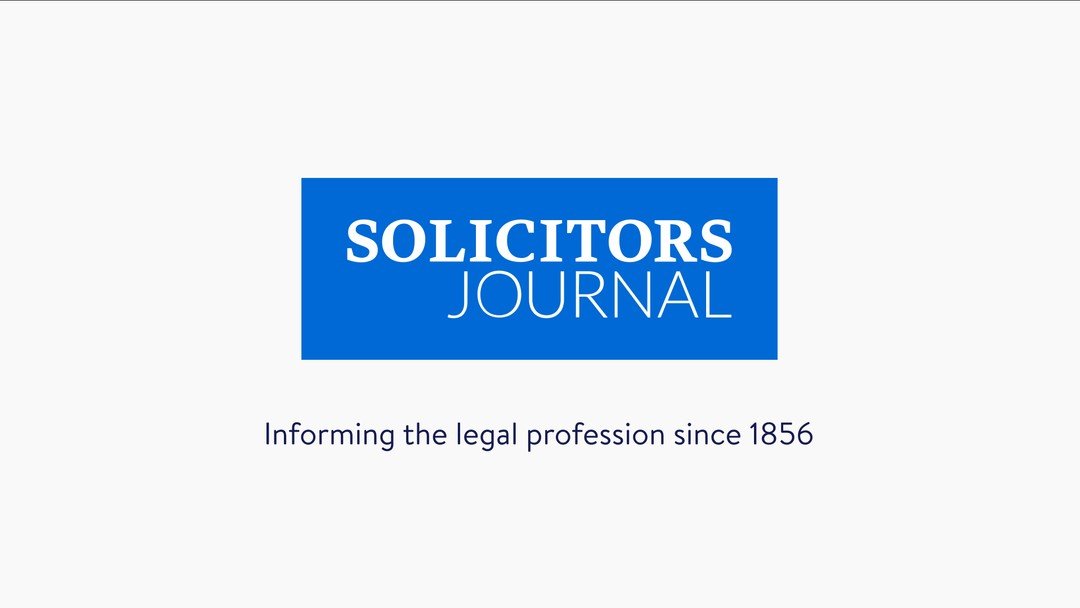It's a long, unclear story

The House of Lords has referred O'Byrne to the Court of Justice for a second time, but are we expecting too much by insisting on absolute clarity from the ECJ, asks David Scannell
The long-stop limitation period for product liability claims is ten years, under s.11A(3) of the Limitation Act 1980 (LA). Section 11A(3) was inserted by the Consumer Protection Act 1987, which implements the product liability directive (Directive 85/374/EEC) into domestic law.
In Horne-Roberts v SmithKline Beecham Plc [2002] 1 WLR 1662, the Court of Appeal held that the substitution of parties rules set out in the LA apply to the product liability long-stop. Accordingly, where proceedings are commenced in time against a party mistakenly named as the producer of the defective product, a court may later substitute the true producer in place of the original defendant; even if the ten-year limitation period has by then expired (see s.35 LA and CPR r.19(5)(3)(a)). In O'Byrne (by his mother and litigation friend) v Aventis Pasteur SA [2008] UKHL 34, the question arose whether the conclusion in SmithKline was compatible with the directive, which makes no provision for mistaken claimants.
In 1992, the claimant, a child named Declan O'Byrne was vaccinated with two doses of HiB vaccine. Thereafter, he suffered severe brain damage. His case is that the vaccine was defective and caused the brain damage. In 2000, proceedings were commenced, in time, against Aventis Pasteur MSD (company A), which Declan's solicitors believed was the producer of the vaccine.
Declan's solicitors were wrong. Company A was in fact just a UK distribution company. It was wholly owned by the real producer, a French company called Aventis Pasteur SA (company B). By the time the claimant applied to substitute company B in place of company A, the ten-year long-stop had expired.
At first instance, Judge Brunning referred to the ECJ the question of whether a new defendant could be substituted for an existing defendant mistakenly considered to have been the producer of a defective product even though the ten-year long-stop might by then have expired.
The ECJ began well enough, by saying that '[i]t is [. . .] as a rule, for national procedural law to determine the conditions in accordance with which one party may be substituted for another in the context of such an action' (para.34).
Without more, the position would have been clear: the SmithKline gloss applied. However, the ECJ went on to provide the following rider: '[a] national court examining the conditions governing such a substitution must, however, ensure that due regard is had to the personal scope of the directive, as determined by arts.1 and 3 thereof' (Case C-127/04, sub nom O'Byrne v Sanofi Pasteur MSD Ltd [2006] ECR I-1313).
Article 1 of the directive provides that it is the producer who is liable for damage caused by a defect in his product. Article 3 defines the term 'producer'. By art. 3(3), where the producer cannot be identified, a company further down the chain of supply will in certain circumstances be deemed to be a producer.
Following the judgment of the ECJ, Teare J allowed company B to be sued, as did the Court of Appeal. The House of Lords, however, could not agree upon the meaning of the ECJ's rider and unanimously ordered that a second reference be made, in substantially the same terms as the reference made by Brunning J.
The approach taken by the House of Lords is, of course, 'particularly unfortunate for the claimant' (Lord Hoffmann). His case has now been running for eight years. He will probably have to wait for at least a year before the referred question is answered (again) and then, assuming that the ECJ answers the referred question in his favour, he will have to begin his case against company B from scratch.
It is tempting to place the blame squarely at the steps of the Court of Justice. It was asked a straightforward question. It rephrased it and then provided a Delphic answer. However, it might equally be said that we expect too much if we insist on absolute clarity from the ECJ. Unclear judgments from the House of Lords are not without precedent.
But neither are they without precedential value. When they arise, lawyers and judges must simply grapple with them as best they can. Perhaps the same should go for judgments of the ECJ. The acte éclairé principle (cf the acte clair principle) relieves art.234(3) courts of the absolute obligation to refer where the ECJ has answered substantially the same question before.
As to the answer to the question referred by the House of Lords, one would expect the ECJ to uphold the principle of national procedural autonomy, subject to compliance with equivalence and effectiveness principles. The ECJ favours a purposive interpretative approach.
This can lead to strange results: the ten-year long-stop becomes not a self-contained protection for producers, but an 'exception' to the principle that consumers must be protected from defective products. Such exceptions are narrowly construed.
It is therefore likely that the ECJ will find that equivalence is satisfied so long as a long-stop of less than ten years is not enshrined in national law and so long as the national court is satisfied that the original intention was to sue the producer.
As for effectiveness, having applied a purposive approach, it is a short step for the court to hold that the effectiveness of the directive is not impaired by permitting substitution.
One would therefore have thought it more likely than not that the SmithKline gloss will survive this second reference. Only time will tell.
